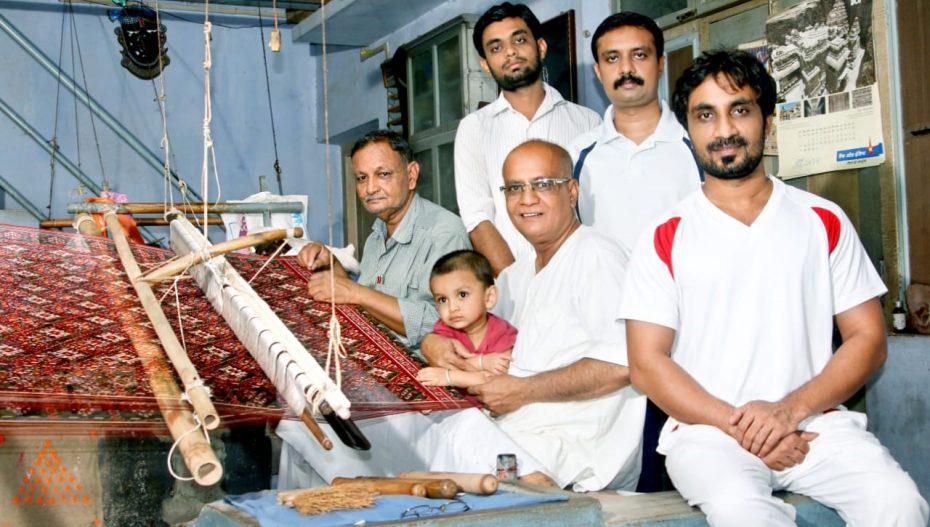Law of nature demands that the old vanishes with the emergence of the new, and this centuries-old art is not spared either. There are many art forms whose practitioners are constantly declining and such art will be gone forever by the time next generation comes.
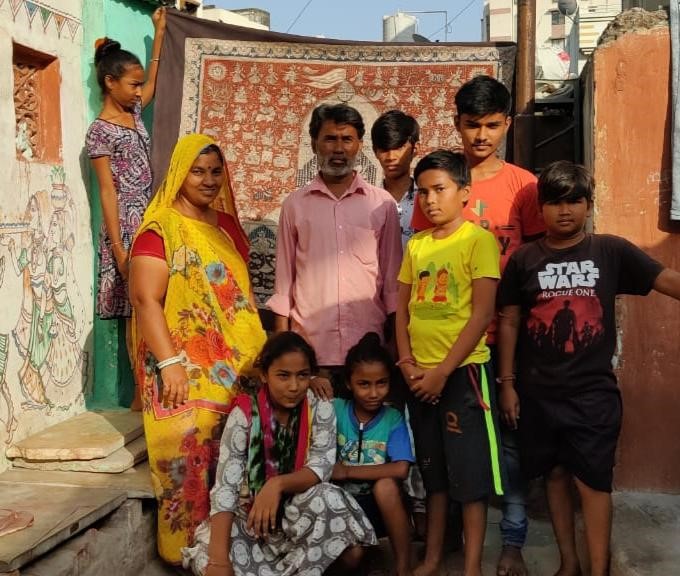
The two most famous and wonderful handicrafts of Gujarat are Patola of Patan ( sari from patan) and Matani pachhedi ( scarf of Mother Godess) . Both of these ancient crafts are now on the verge of extinction. Both of these arts are now preserved in some families. Sawan Salvi’s family living in Patan has been associated with the craft of Patola making for generations, while Kiranbhai Chintara caters to Mata Ni pachhedi. In an interview with Vibes of India, Sawan Salvi said, “Patola of Patan is about 900 years old art. At present only our family has the know how of this craft. No weaver out side out family is practicing the making of patola. Only members from our family know the intricacies of this handicraft form. ” Currently 8 to 9 members of the Salvi family are holding onto the legacy.
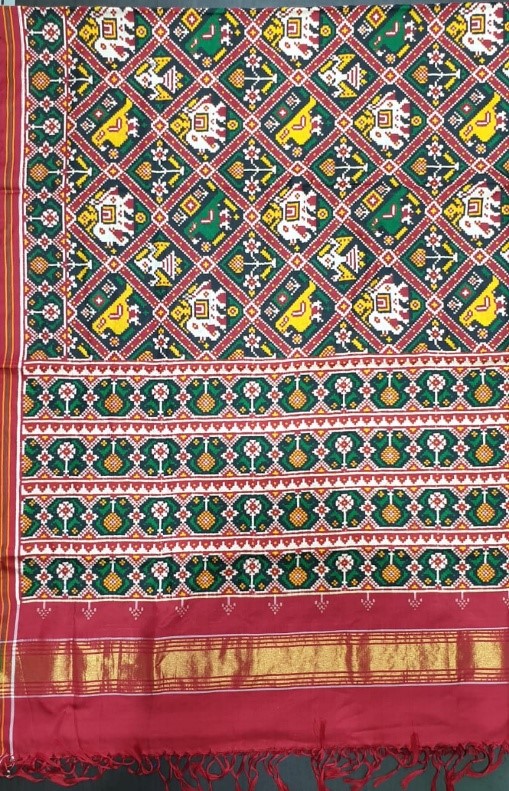
He says that at present many fake patolas are sold in the market for 60 to 70 thousand rupees. But very few people know the art of old and historical art. Experts say that an attempt to pass this art on to others about 60 years ago did not succeed and only a few could learn the art. On the contrary , due to half-baked knowledge , fake Patola prints and an inferior ‘Vano’ style Patola started being sold in the market.
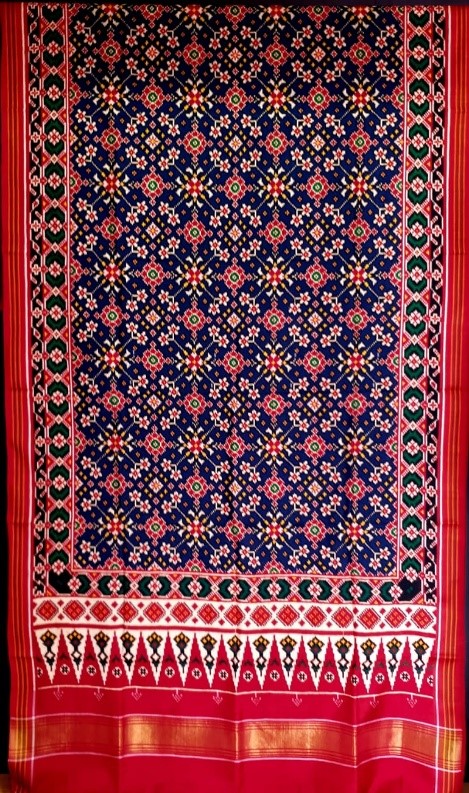
For any ancient art to survive, the support from the state is primordial. However the state government is indifferent to the preservation of the Patola heritage of Patan, a hallmark of Gujarati identity. It is also true that not all members of the Salvi family are working in this field. Some members of the family have moved on with their studies and are now turning to other occupations. Weaving is not an easy task. It takes about 4 to 5 months to weave a yarn with 4 to 5 people being constantly engaged in it. The participation of a new generation is required to sustain such an intricate craft. It is being documented so that his craft is not consigned to the bygone era forever due to disassociation of the new generation with the art.
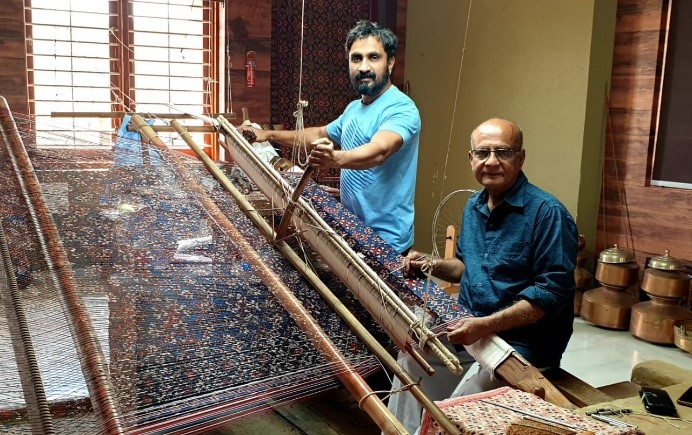
Another important art Matani Pachhedi ( Mother Goddess’ scarf) is also relegated to similar fate. The problem is that very few people are aware about it. The mata Ni Pachhedi is made only by people from a particular Gujarati community called DeviPujak. The art form is believed to be 700 to 800 years old. Though it is difficult to predict how long would it last from now. Ahmedabad-based Kiranbhai Chintara, who is associated with the art, said that in ‘Matani Pachhedi’, the story is presented through pictures of Kuladevi ( Clan Godess) on a piece of cloth, such as the stories of various goddesses like Bahuchar Ma Chamunda Ma, etc.
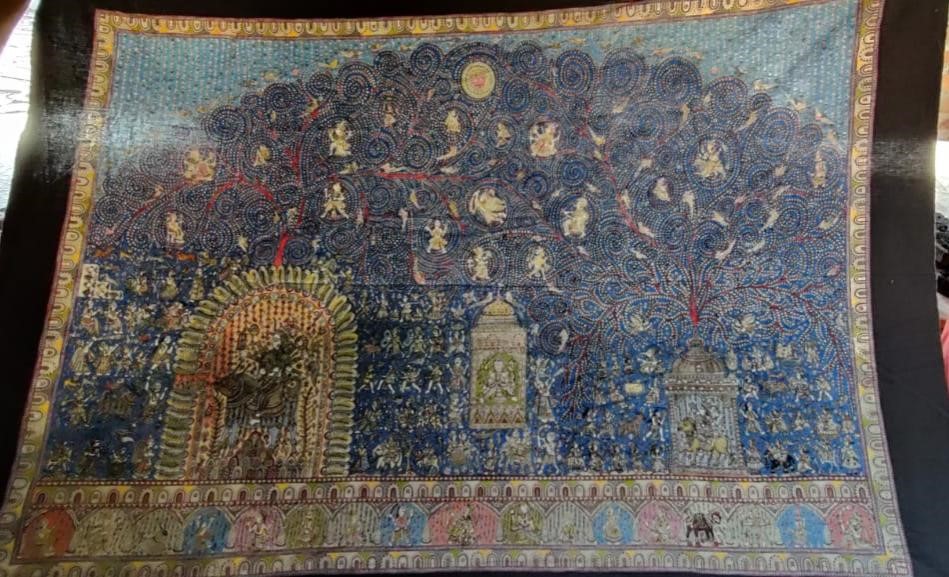
In this art, print on the scarf is done with a block in natural colours . Unhindered river bank is a requirement for this, but after construction of riverfront in Ahmedabad, the artists face a lot of problems with this regard. Despite repeated representations by artisans, the Gujarat government is not taking any steps to preserve the art. A few years ago, the central government had provided tables to the artists as assistance, which were too large to fit in the modest dwelling of these poor artists. It ultimately got rotted in the rain. The Chintara family tried to teach the art at NID a few years ago, but the new generation of students could not adapt to the art. They could not learn the art of storytelling through clothing. Currently 5 other families besides Kiranbhai’s have preserved this art. But this job does not earn enough to support his family. Now he has started other businesses like kurti printing, sheet printing so as to survive through inflation.
The art is also associated with religious beliefs. The Chintara family does not want to let this art go beyond their family in tune with their faith and plegde to their ancestors. Even after being honoured with Kalamkari, State Level Award as well as Shilpaguru Awards, it appears that even this art of Gujarat will also remain inside the pages of history books and walls of museums.


